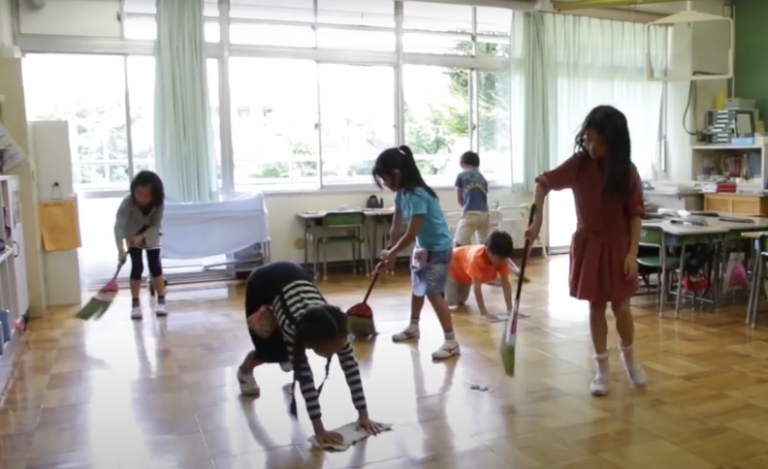Goals
by Lori Riggs
 When I was in college I took flying lessons. My dad, whose curriculum vitae included private pilot since age 16, instructor pilot, fighter pilot, and airline pilot, did not teach me. However, coming to visit me in Waco one weekend, he was happy to fly with me to see what I had learned, and I was anxious to show off my newly acquired skills. I had flown with him many times, but never from the left seat and never as the PIC (pilot in command).We went up for a pleasant little jaunt, and I flew brilliantly. (Anyone can take off and fly around. It’s just not that hard.) Then came the real piloting part—landing. I really wanted to make a good impression and diligently went through each step just like my instructor had taught me—enter downwind, power back at just the right moment, put in 10 degrees of flaps right when your shoulder is even with the touchdown point…. I said each one aloud to make sure I wasn’t missing a step. And to double check, I turned to my dad: “Am I forgetting anything?” I was fully expecting him either to point out a missed detail or to acknowledge that I’d performed impeccably so far. Instead, based on thousands of hours of flying experience, here was his response: “Lori. We are here (pointing to us). You want to be down there (pointing out my window to the runway below). Just do what it takes to get there.”
When I was in college I took flying lessons. My dad, whose curriculum vitae included private pilot since age 16, instructor pilot, fighter pilot, and airline pilot, did not teach me. However, coming to visit me in Waco one weekend, he was happy to fly with me to see what I had learned, and I was anxious to show off my newly acquired skills. I had flown with him many times, but never from the left seat and never as the PIC (pilot in command).We went up for a pleasant little jaunt, and I flew brilliantly. (Anyone can take off and fly around. It’s just not that hard.) Then came the real piloting part—landing. I really wanted to make a good impression and diligently went through each step just like my instructor had taught me—enter downwind, power back at just the right moment, put in 10 degrees of flaps right when your shoulder is even with the touchdown point…. I said each one aloud to make sure I wasn’t missing a step. And to double check, I turned to my dad: “Am I forgetting anything?” I was fully expecting him either to point out a missed detail or to acknowledge that I’d performed impeccably so far. Instead, based on thousands of hours of flying experience, here was his response: “Lori. We are here (pointing to us). You want to be down there (pointing out my window to the runway below). Just do what it takes to get there.”
It’s easy to get so caught up in the nitty-gritty details sometimes that we lose sight of the big goals. I see this happen all the time with parents trying to accomplish their NACD program activities with their kids. While the details are important—I couldn’t have known how to get the plane on the ground without having learned it as a step-by-step procedure first—it’s important to understand the goal for a few reasons:
- Program activities are just tools, not ends in themselves. If a tool isn’t used correctly or accurately or efficiently, just going through the motions with it won’t get the desired result. Let’s use articulation flashcards as an example. Pretend that your program activity says, “Practice words that start with /p/.” Frequency is 2, duration is 2 minutes. And I send you some word cards to use for this. If twice a day for two minutes you sit and flash picture cards of words starting with /p/ to your child while he says “uh” for each one, technically you can check off that you accomplished that activity that day. But did you, in reality, accomplish anything at all? No. No learning took place. The story is completely different if you spent that time actually working on each word—emphasizing the /p/ at the beginning, showing him how you put your lips together for the /p/, pinching his lips together to approximate a /p/ sound. Nowyou’ve done some therapy. The goal wasn’t to get through the stack of cards. The goal was to work towards producing a /p/ sound at the beginning of words.
- Sometimes for some kids the activities don’t work. (What?) Everything we do here is based on the idea that kids’ programs should be individualized for them, right? Because kids are individuals, they don’t all respond the same way to every activity. So sometimes we need to modify an activity or maybe even discontinue it entirely. But as the program implementer, you won’t even know to ask about an activity if you don’t understand what the goal was to start with. Knowing what you are after gives you a basis for asking your coach for input on whether what you are seeing with a particular activity is what you should expect or if something needs to be changed.
- If you understand what your goal is, you can get more creative with implementing program. Don’t have time for your trigeminal stim? Why not do it as part of bath time or cleaning up after meal time? Working on answering WH-questions? Try sneaking those in throughout the day as you make a meal, go to the park, or go through chores, rather than sitting at the table twice a day for 2 minutes drilling the list. Now, granted, some things simply must be done as a structured activity. And some things can’t be disguised as “play.” But some things can. And with some degree of understanding of your goal and lots of communication with your coach, you can figure out how to make that happen.
- Life doesn’t always happen like it should. On occasion, when you’re downwind or crosswind or on final, going through your steps, something unexpected happens, like another airplane is sitting on the runway and doesn’t appear to be in a hurry to get out of your way. It doesn’t make any sense in that moment to continue your current course, putting in that next notch of flaps as you head towards the ground. You have to switch gears—take out flaps, put in full power, and go around. (That reminds me of another Dad-and-me flying story, but I’ll save it for another time.)If you think your goal is that next notch of flaps, you’ll be in big trouble. If you understand that the goal is a safe landing—even if that means going around and trying again—then eventually you will reach your goal. When your day doesn’t go as planned and your program doesn’t go as planned, understanding the goals allows you to switch gears, prompts you to pick up the phone and call your coach, or gives you permission to have a bad day and plan to try again tomorrow.
Here are the basics that you’ve heard us reiterate time and time again:
- Watch your program videos—more than once and not infrequently. Understand how to do an activity.
- Communicate with your coach. This is the only way to catch when things are being done incorrectly or when we need to make changes to program activities.
- Provide the videos that we ask for. We need to see what you’re doing.
But there’s more to it than that. What was it that caught your eye to start with about NACD when you first were looking for answers for your child? Was it the philosophy that parents are the experts on their children? You know your child. So you’re the perfect one to work with them. But neither you nor your child is a machine. You need to understand what it is that we are asking you to do and why so that you know when to ask questions and what questions to ask and understand how to be flexible when your child’s response was not what you expected. Knowing the step-by-step is important—even imperative. But understanding the big picture will make you much more effective in your role as Child Expert/Program Implementer Extraordinaire.




